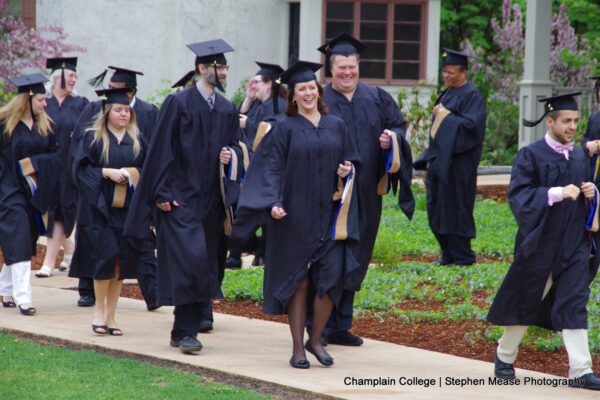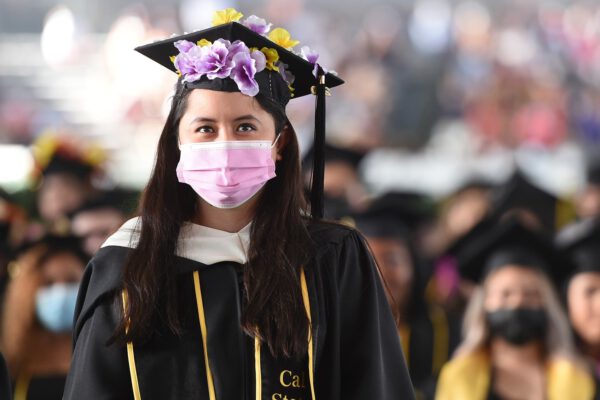When it comes to U.S. higher education, you might say Colombia has had something of a Darien Gap problem. Like that notoriously impenetrable terrain connecting North and South America, Colombia has been something to, well, avoid. Until recently, U.S. higher education has tended to go above and around this Andean country of 47 million—usually to Costa Rica or Chile. For decades, many of us were deterred by narcotraffic, street crime and civil war. Some notable exceptions are the University of Delaware, which has maintained partnerships in Colombia since 2004, and Purdue University, which in 2010 signed a unique cooperative agreement with the Colombian national government.
With Colombia’s annual GDP growth of 4.8 percent between 2010 and 2014 and the final elements of the peace process falling into place, the dust of turmoil is settling. I went to Bogotá last week to get a clearer picture of higher education in Colombia and how we might strengthen collaboration between U.S. and Colombian institutions. In other words, how we might bridge the gap.
My visit was arranged by the Colombian Association of Universities (ASCUN), which represents public and private institutions throughout the country. Created in 1957 during Colombia’s transition from military dictatorship to democracy, ASCUN is committed to higher education’s independence from government and its power to facilitate social mobility. Like ACE, ASCUN conducts leadership development, advocates for public policy on behalf of its members, and promotes internationalization. The two associations are forming a partnership aimed at enhancing leadership development and global engagement for institutions in both countries.
Throughout the week, I heard, “Now is the time. We have to take advantage of this moment [to strengthen higher education].” President Juan Manuel Santos has articulated peace, equity and education as the three pillars of his administration. Colombia’s budget aligns with these priorities, I learned, with education comprising a full one-third of the national government’s spending.
While Colombian higher education has had longstanding ties to France, Germany, Mexico, and Southern Cone countries, recent economic and political stability brings new opportunities for working more closely with U.S. counterparts. Education has been a key element in the U.S.-Colombia High-Level Partnership Dialogues, with a focus on student mobility and English language learning. With U.S. government support, several land-grant institutions are partnering with Colombian universities or development agencies to realize projects in agricultural extension or production, water, or peace-building.
One example is Cacao for Peace, an interagency initiative that encourages chocolate production in communities affected by conflict, which involves researchers from Penn State, Purdue and University of Florida. In addition, the Colombian Fulbright Commission has expanded its awards for student and scholar exchange and is building study abroad capacity with support from the U.S. State Department’s Study Abroad office.
One of the Colombian government’s new higher education initiatives is NEXO Global, a scholarship program administered by Colciencias—the national agency for science, technology, and innovation—which aims to send thousands of undergraduate students abroad for research and internships in STEM fields or post-conflict studies. Cornell University and Purdue are participating in this year’s pilot phase, and many more U.S. institutions will receive Colombian students as the program scales up. Eventually, students will have the option of studying in a dozen or more countries, though Colombian students often choose the United States, according to Paula Andrea Henao, who coordinates the initiative.
With ASCUN, ACE’s Center for International and Global Engagement is exploring the potential for exchange visits of higher education leaders, internationalization programs in Colombia, and other forms of collaboration. In August, the first Colombian institution, Universidad Antonio Nariño, will participate in the ACE Internationalization Laboratory, a 15-month intensive process of crafting an internationalization strategy, along with a cohort of 10 U.S. institutions. And so it seems we are embarking across the divide, paso a paso.
In November, I’ll return to Colombia with Barbara Hill, ACE’s senior associate for internationalization, to speak at the Latin American and Caribbean Conference for Internationalization of Higher Education, a gathering of some 600 representatives of universities in Colombia and throughout Latin America. Who will join us?
If you have any questions or comments about this blog post, please contact us.



